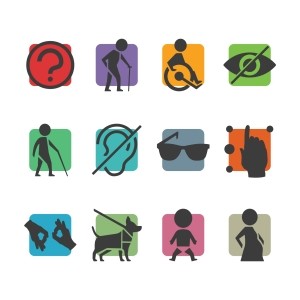When you’re choosing a wheelchair accessible vehicle, you need to think not only about all the same things you do when you’re choosing a standard car, but also other, more specific, things too. Just as when you’re choosing any other car, you may need to compromise and decide which features are most important to you.
Things To Consider
Size
- Will it fit on your driveway or in your garage? Don’t forget you need to think about the space required for the ramp/lift to be deployed
- Will it be easy to drive in traffic and on the roads you normally drive on?
Money
- What’s the price?
- If you’re buying it yourself, what’s the resale value likely to be?
- What will it cost you to insure?
- What’s the fuel consumption like?
Comfort and convenience
- Can you get in and out easily?
- Can you use the controls?
- Is it quiet and smooth when you’re driving?
- Is there good visibility for everyone in the vehicle?
Space
- Is there room for all the people and luggage you want to carry?
- What about times when you might want to carry a lot of luggage or equipment (ex. holidays)?
Features
- Does it have everything you need?
- What about air conditioning, automatic transmission, electric windows, remote start, heated seats, etc?
Performance
- Does it give you reasonable speed and acceleration?
- What about braking, ride and handling?
Specific considerations
Getting in and out
- Will you choose a ramp or a lift?
- Will you have someone to assist you?
- Can you get in and out without hitting your head or having to duck?
Traveling position
- Where will your wheelchair sit?
- Will you be able to see out of the windows?
- Will you be able to talk to other people easily?
Safety
- How will you secure yourself and your wheelchair?
- How will you secure any equipment you use to get in and out?
- How will you secure anything else (unattended wheelchair, luggage, equipment, etc)?
Reliability
- Can you rely on the equipment you use to get in and out?
- What happens if it breaks down?
- Are there manual over-rides for any powered equipment?
- Do you have a suitable dealer nearby for servicing?
Build quality
- Different conversions have been built to different standards, so some will be more comfortable and less noisy inside than others.

